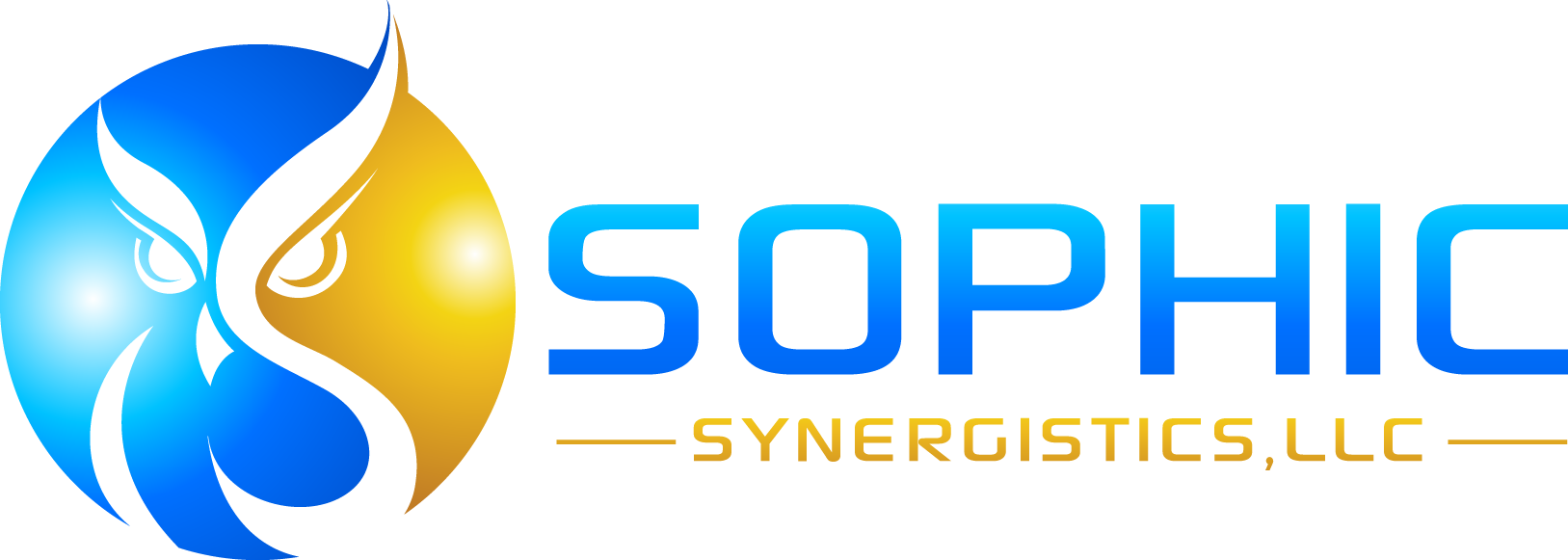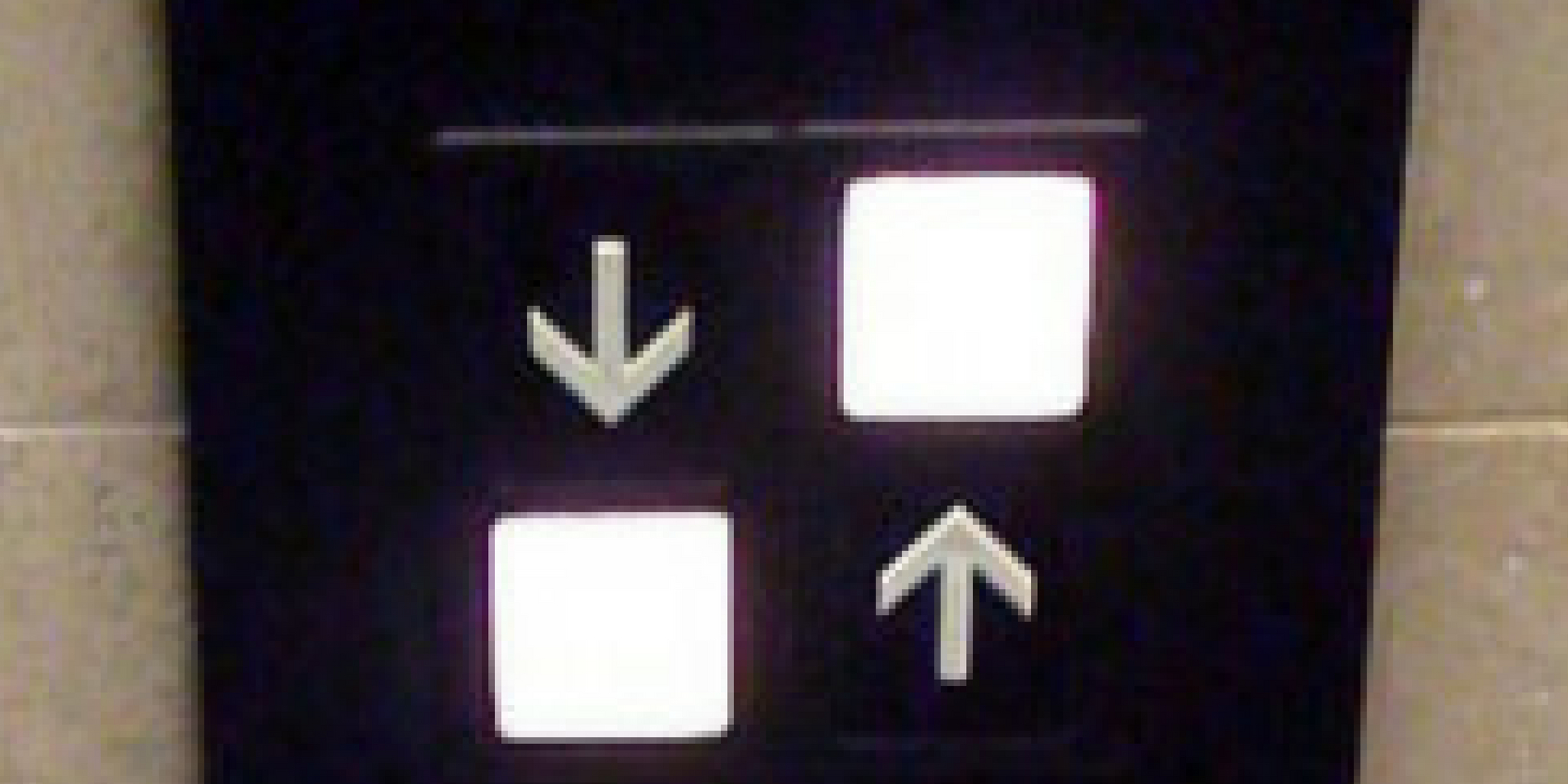It is impossible to go a day without running into a well-intended design that has gone terribly wrong for the user.
The need for human factors professionals and their expertise is demonstrated in subtle ways in everyday life. The problem is so ubiquitous, we often accept the poor designs and attribute the problem to the human. This is an issue, because the more we dismiss the importance of a successful user experience the more expensive it gets when something goes really wrong and the situation is unrecoverable. I challenge you to begin taking note of each instance of “operator error” that you experience when interacting with technology, hardware/software products, communications (labels, procedures, signs etc.) or environment/architectural designs. Specifically, document anytime you feel annoyed that the interaction did not go as you expected or when you experienced a negative outcome from an interaction. You will be amazed how often this happens and how many times you blame yourself!
The term “operator error” is an attempt to blame the user while excusing the real problem: the design and the designers. For example, when you walk into a building and you see a door handle that signals to you to pull and doesn’t open because it actually requires a push, this is a failed design. You did not make a mistake, you did exactly as the design asked you to do! The designer chose the wrong style of handle for the operation of the door and the user interaction required. The image associated with this article is another great example of where aesthetics over usability drives user errors. The elevator buttons and the symbols were implemented in such a way that it is not clear to the passenger which button will take you up or down. Is up to the left of the arrow or is it to the top of the arrow and vice versa? These are simplistic examples with consequences that are annoying and time-wasting.
However, when you consider the broader design implications and application to stressful environments including medical, aerospace, oil and gas, nuclear plants and more, the errors are much more concerning. The complexity of required human interactions within these environments and the consequences of pressing the wrong button can lead to a life and death scenario. The risk and cost associated with these “operator errors” can lead to catastrophic events which are easily preventable when you incorporate human factors expertise at the beginning of the design process.


